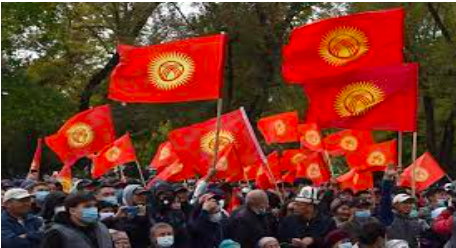Mashhad
Posted on : January 13, 2020Author : AGA Admin

Mashhad is a major city of Iran, and the capital of Khorasan, the country’s largest province with six million inhabitants. In 1996, 2.25 million of the province’s population lived in Mashhad. It is the country’s most important pilgrimage site, visited annually by over thirteen million pilgrims from Iran and abroad. The shrine of ˓Ali b. Musa al-Rida (Reza) (764–818 c.e.), the eighth and the only imam buried in Iran, is in Mashhad. The imam was buried in an orchard by the grave of the Abbasid caliph Harun al-Rashid at Sinabad, a hamlet near Nawghan, one of the districts of the city of Tus. The Mongol assault in the early thirteenth century, followed by the attack of the Timurid Miran Shah in 1385, were major blows that led to the gradual extinction of Tus, so much so that we find no mention of it in the sources since the middle of the fifteenth century. While Tus gradually disappeared, the hamlet of Sinabad grew into a town, first called Mashhad-e Razavi and then Mashhad-e Tus, as large numbers of Shi˓a settled there because of the imam’s shrine, known for centuries as “Mashhad al-Razavi.” The shrine and its upkeep received the attention of Samanid, Ghaznawid, and Seljuk rulers who held the Alawid in reverence despite their Sunni creed. Mashhad received special royal attention during the reign of the Timurid ruler Shahrukh. He visited the imam’s shrine for ziyara in 1406 and it was during his reign that the famous Gawharshad Mosque, completed for his wife in 1418, and other buildings in the shrine complex were constructed. After establishing Safavid control of Khorasan, Shah ˓Abbas showed a special reverence for Mashhad and in 1601 made a pilgrimage on foot, having set out from Isfahan, to fulfill a vow. The shrine received greater patronage during the reign of the Safavids and the Qajars, and most of the inscriptions pertaining to the repairs and new construction are extant. A new plan for the extension of the shrine complex was put into effect in the years before the Islamic Revolution in the course of which bazaars and houses in a large surrounding area were demolished. New construction is still occurring in the open space around the shrine. Mashhad has a center of learning (hawzah ˓ilmiyya) next only to that of the Qom in size and importance. Leading scholars of this hawzah have enjoyed a regional following as “sources of emulation” (marja˓ al-taqlid).
(Source: https://www.encyclopedia.com/places/asia/iranian-political-geography/mashhad)




